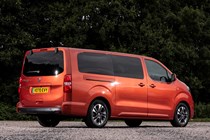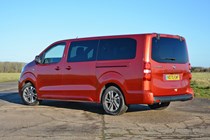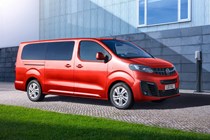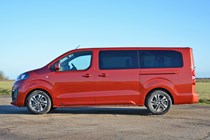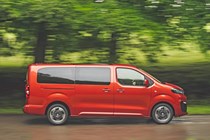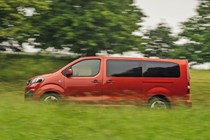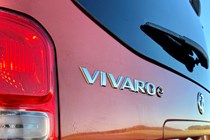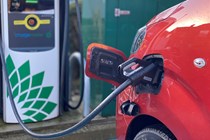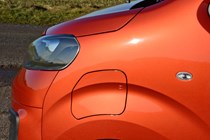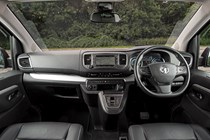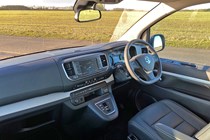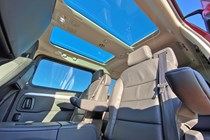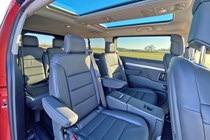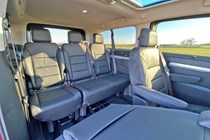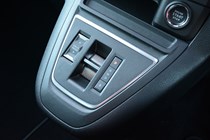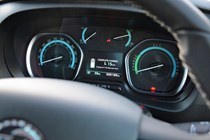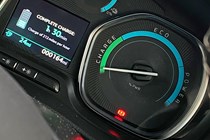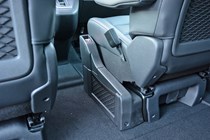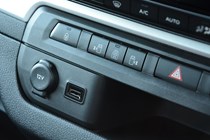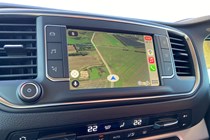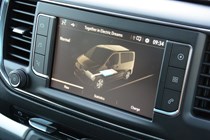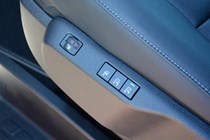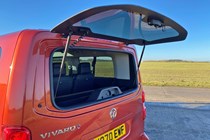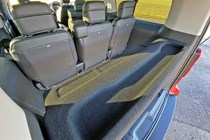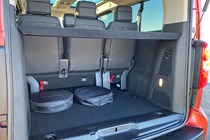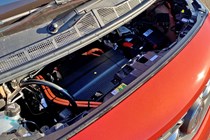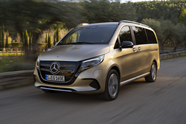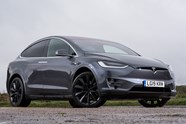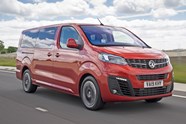
Vauxhall Vivaro-e Life review
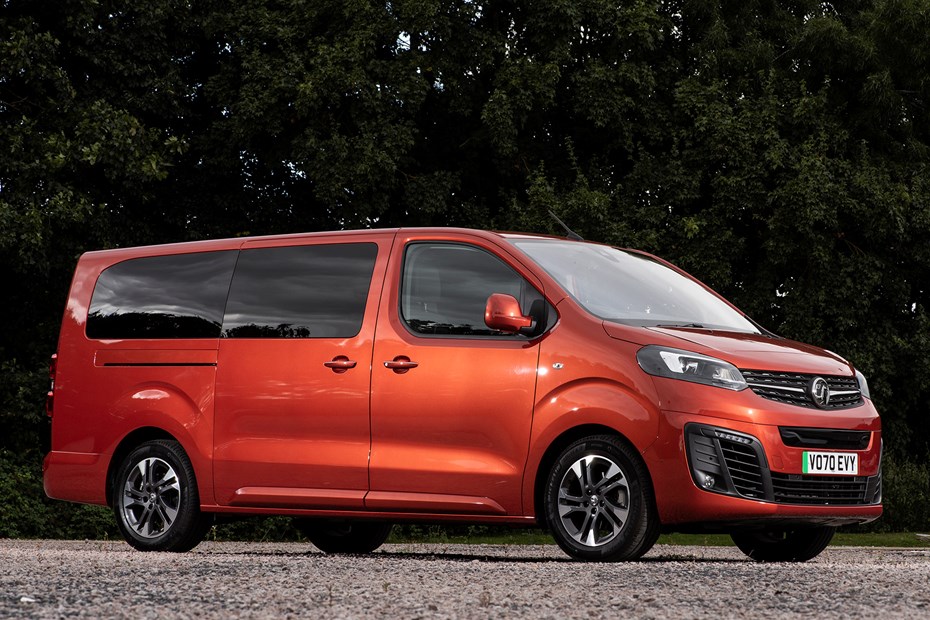
At a glance
| Price new | £39,110 - £57,830 |
|---|---|
| Used prices | £9,285 - £25,816 |
| Road tax cost | £195 - £620 |
| Insurance group | 31 - 36 |
Get an insurance quote with

|
|
| Fuel economy | 2.2 - 2.8 miles/kWh |
| Range | 122 - 230 miles |
| Miles per pound | 3.5 - 8.2 |
| Number of doors | 5 |
| View full specs for a specific version | |
Available fuel types
Fully electric
Pros & cons
- Refined, easy to drive despite its size
- More comfortable than diesel versions
- Overall ease of use impresses
- 50kWh battery size isn’t sufficient
- Interior fittings underwhelm
- Greater passenger flexibility needed
Vauxhall Vivaro-e Life MPV rivals
Overview
The Vauxhall Vivaro Life Electric was an inevitability. It combines the electric technology of the Vivaro-e panel van with the seven-seat capacity of the diesel Vivaro Life to give those with larger families an eco-friendly method of transport.
Direct rivals were few when the Vivaro Life Electric was launched, but manufacturers have since recognised the appeal of an electric seven-seater – and now, they’re crawling out of the woodwork. There’s the mechanically identical Citroen e-Spacetourer, the Mercedes EQV, the stylish Volkswagen ID. Buzz and even electric seven-seat SUVs like the Mercedes EQB and Tesla Model X.
Sadly, the Vivaro Life Electric is only available with Vauxhall’s smallest 50kWh battery pack which somewhat limits its usability. Its official maximum range is 143 miles but, when we tested the van in sub-zero conditions, that figure dropped to 128 miles on the trip computer. In real-world driving conditions, we could only manage around 100 miles before needing to stop and charge. That could be sufficient if it’s being used primarily for urban journeys as a taxi, but as a family bus it’s disappointing.
At least the charge times are quick. The Vivaro-e Life’s 50kWh battery is compatible with 100kW DC rapid charging so, providing you can find a quick enough charger, you’ll be able to zap the battery to 80 percent capacity in just 30 minutes. On test, we also found the battery could be charged from ‘very low’ to full in around an hour using a 50kW public charger.
You can choose from three trim-levels, called Combi, Design and Ultimate. The entry-level option is designed to suit commercial buyers, as either a taxi or a site bus. It comes with 16-inch steel wheels, LED daytime running lights, black plastic bumpers, a 7.0-inch infotainment system and nine seats.
Design models gain trinkets like tinted rear windows, larger 17-inch steel wheels with plastic trims, an auto-dimming rear-view mirror, front fog lights and body-coloured bumpers. You get some extra technology, too such as rear parking sensors, high-beam assist and rain-sensing windscreen wipers.
The flagship Vivaro Life Electric Ultimate features all the bells and whistles. We’re talking voice control, a ten-speaker stereo system, leather seat upholstery, a leather steering wheel, dual-zone climate control and a panoramic rear-view camera. You even get heating elements and massage function for the front two seats. In a van. Van drivers from the 1990s couldn’t even comprehend such luxury.
Over the next few pages, we’ll thoroughly assess the Vauxhall Vivaro Life Electric, considering its practicality, interior comfort, running costs and driving experience before offering our final verdict on the vehicle. Click through to the next page to find out whether the MPV could suit your lifestyle.



